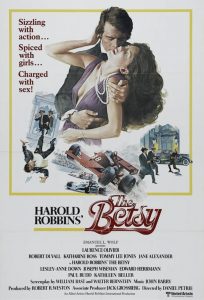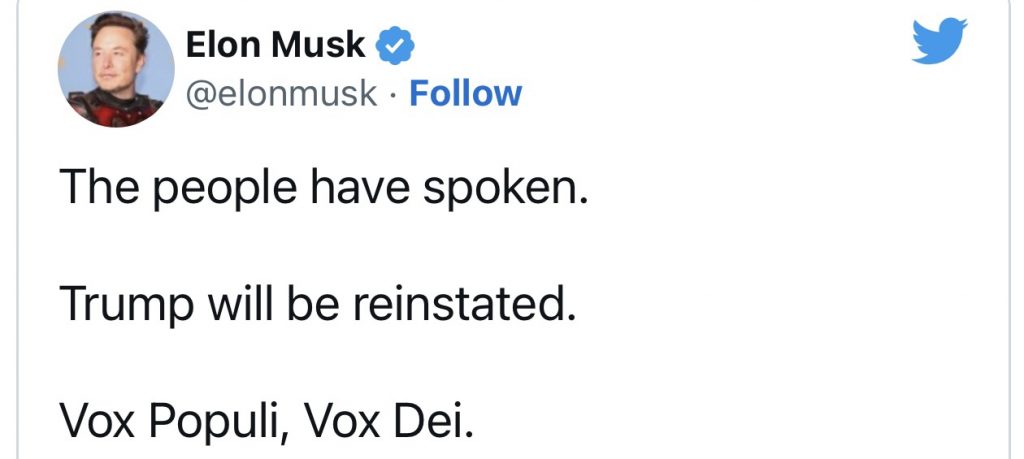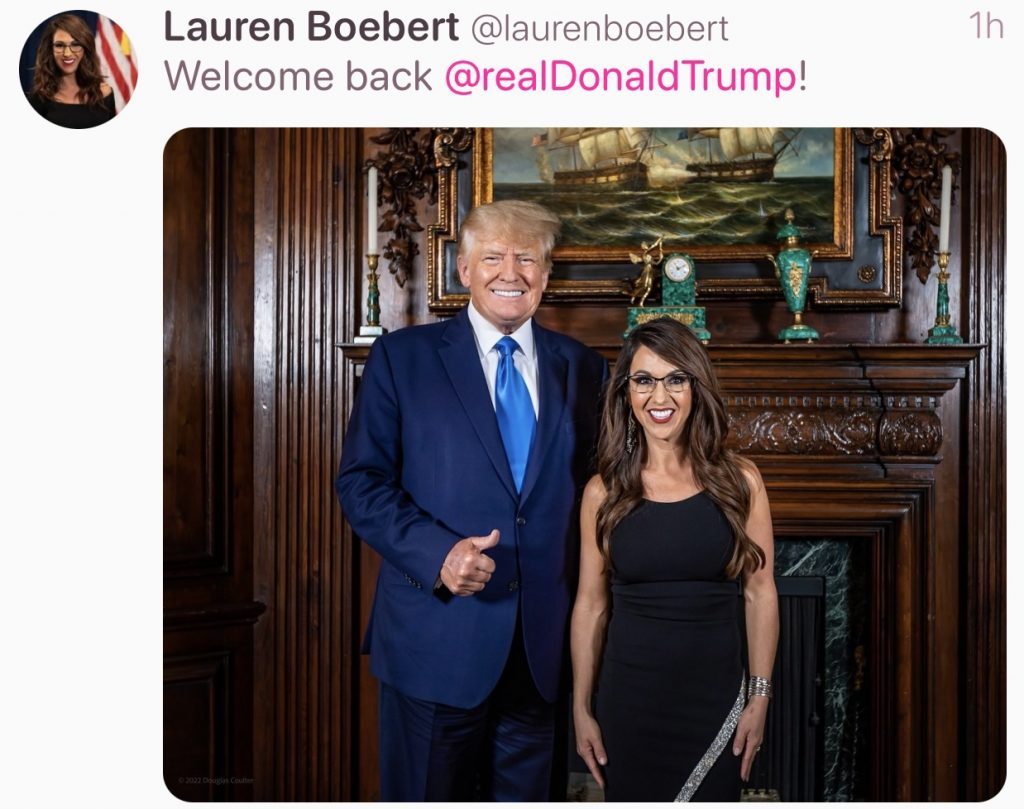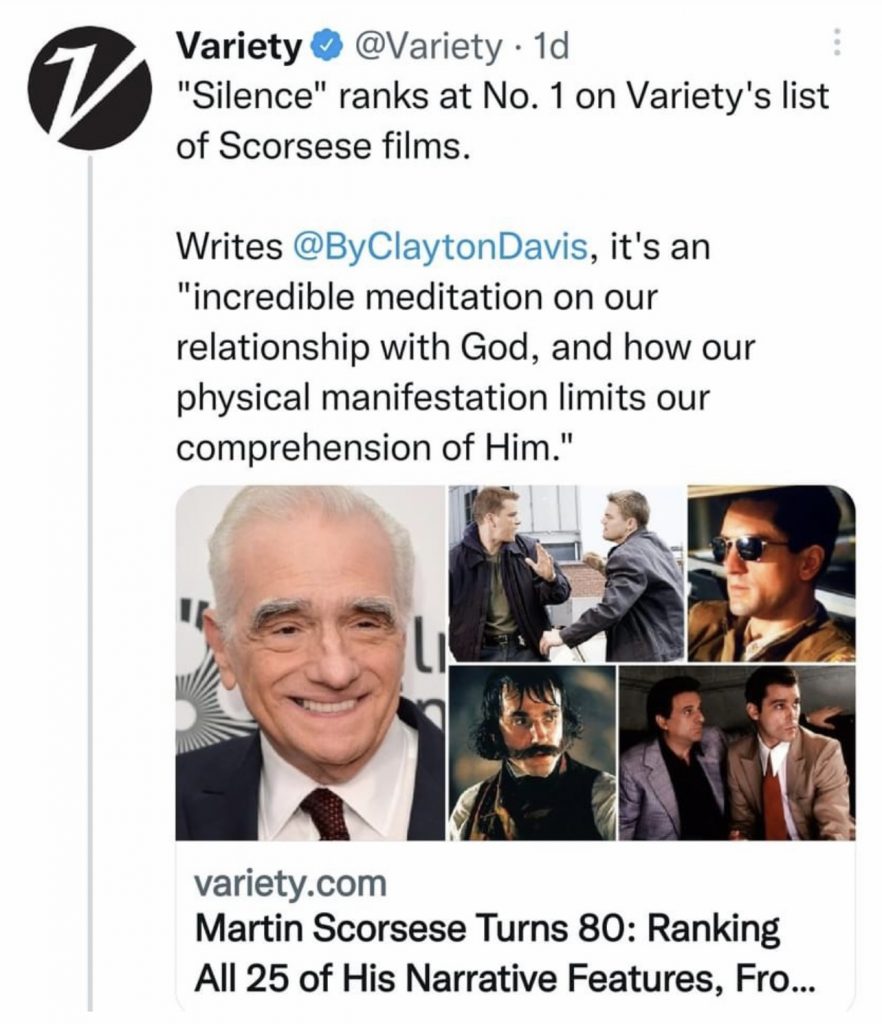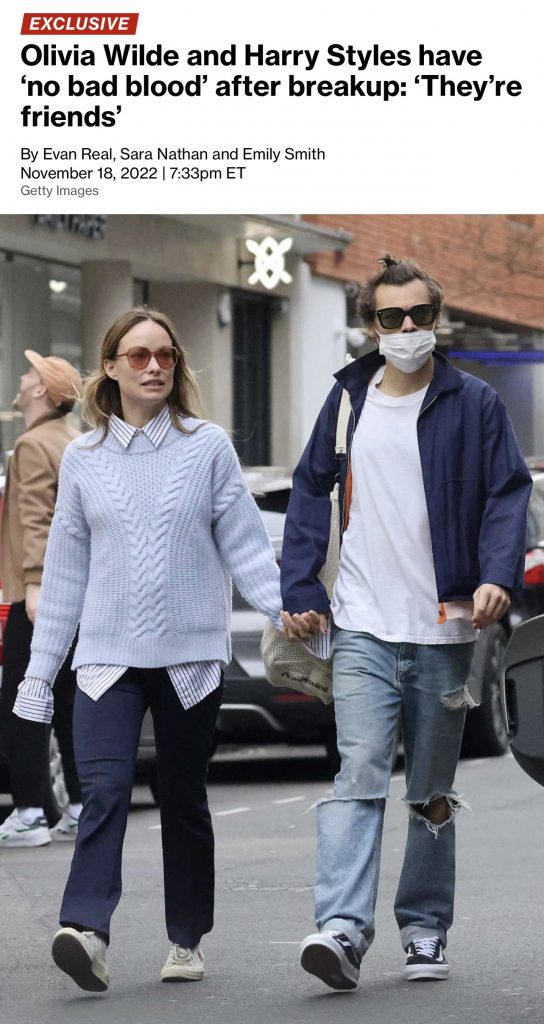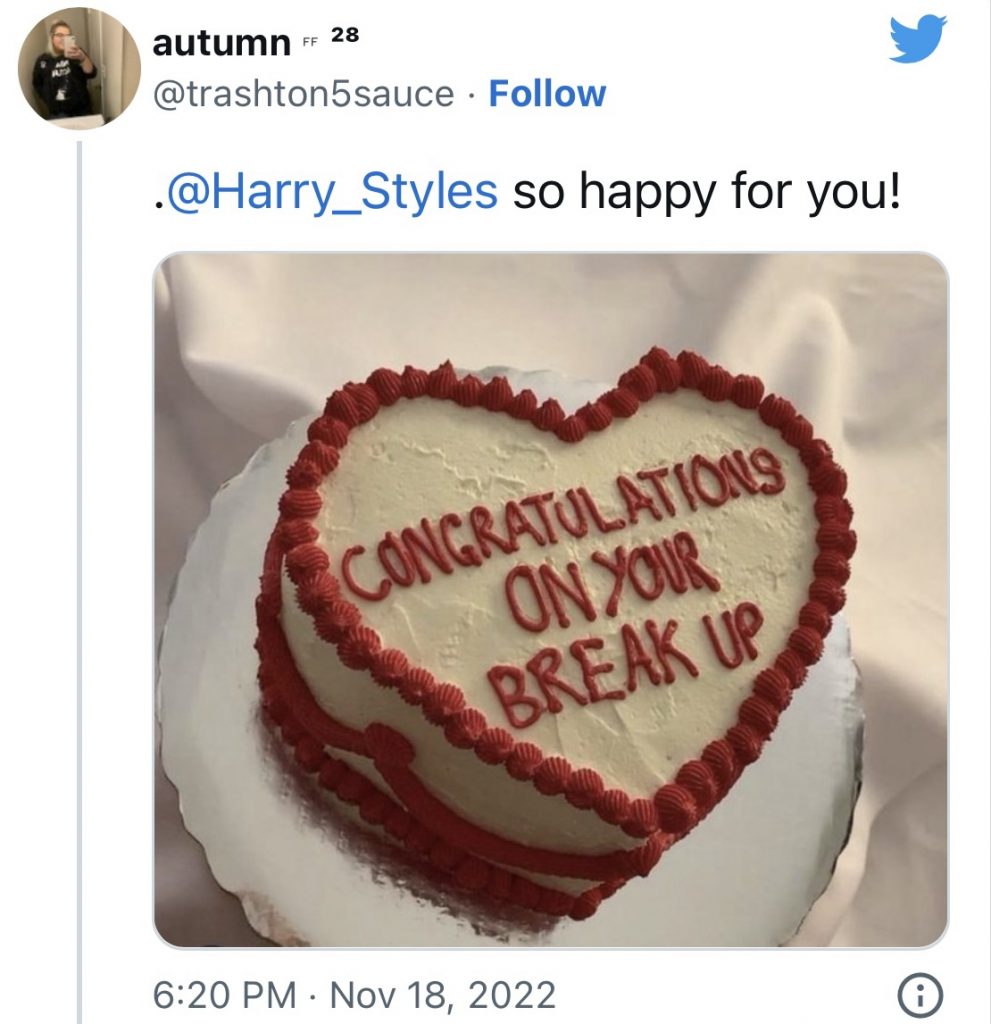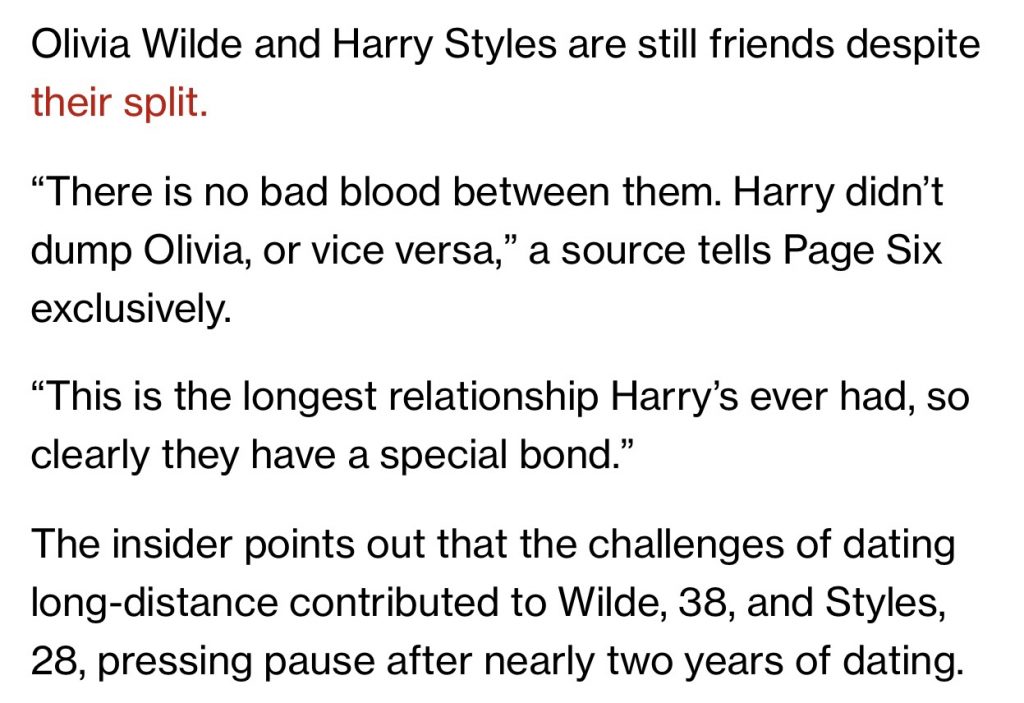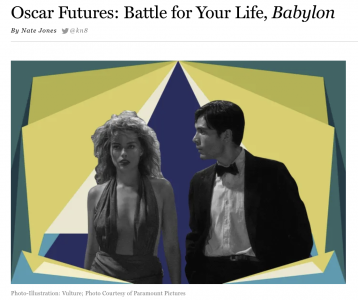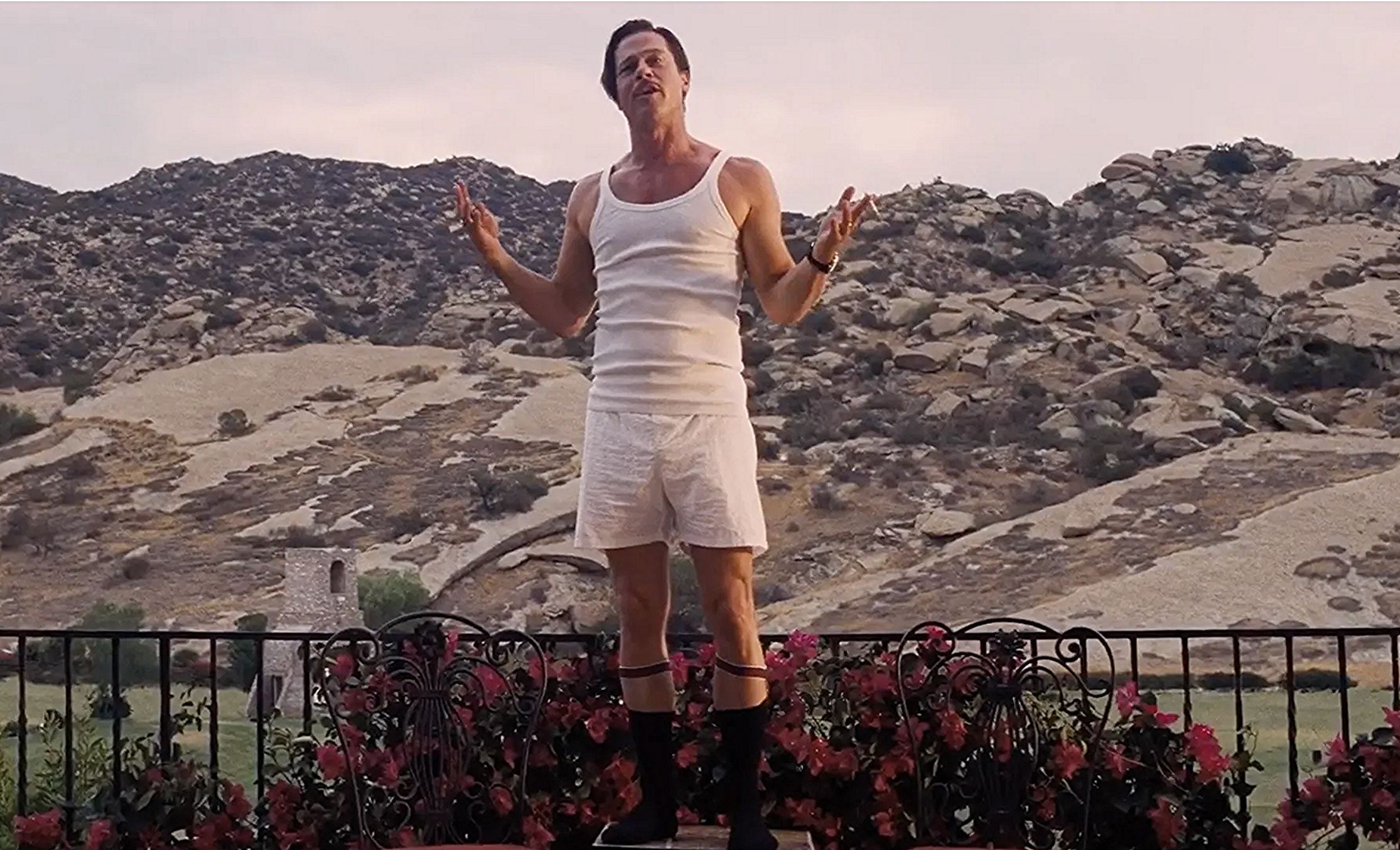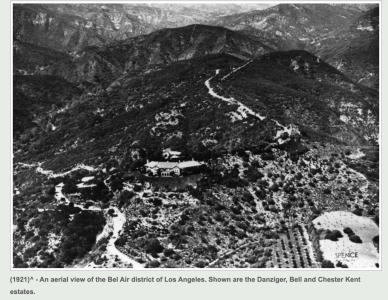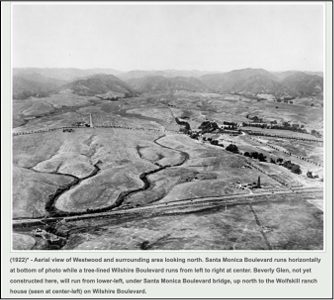I understand, I think, why The Menu (Searchlight, 11.18) hasn’t sold all that many tickets over the last couple of days. I saw it Friday, and immediately warmed to the cold, pared-to-the-bone discipline aspect. It’s basically Michael Haneke‘s Funny Games transposed to the realm of high-end gourmet dining.
It’s essentially about contempt for the one-percenters — a contempt especially felt by creatively gifted types. As well as a general all-round contempt that some of us have deep-down for ourselves.
I would actually call The Menu dry-ice cold rather than just boilerplate ice-cube cold.
The Menu‘s Wiki page calls it “an American black comedy thriller.” That’s misleading. It’s a dry, pitch-black chamber piece — archly-written and performed with a chilly, darkly ironic attitude — but it’s certainly not comedic. It’s about 12 financially flush diners squirming over the distinct prospect of possibly being killed in some horrible way, and if you find this kind of squirming comedic there’s really and truly something wrong with you.
“We’re Gonna Die,” posted on 8.11.22: “Obviously The Menu is a black social satire. The focus is on the repulsion that some gifted artists feel for consumers, including the rich elite. The idea, apparently, is that Ralph Fiennes‘ Slowik, the celebrity chef behind an exclusive restaurant called Hawthorne, is a sociopath. He’s probably a variation of Leslie Banks‘ “Count Zaroff” in The Most Dangerous Game (’32).”
The fact that Adam McKay and Will Ferrell produced The Menu (along with Betsy Koch)…this fact should tell you something. None-too-brights have interpreted this to mean that The Menu is a kind of comedy. In fact it’s a misanthropic fuck-you satire.
Original screenwriter Will Tracy “came up with the idea of the story while visiting Bergen, Norway, when he took a boat to a fancy restaurant on a nearby private island and realized they were stuck (or trapped) on the island until the meal was done.”


